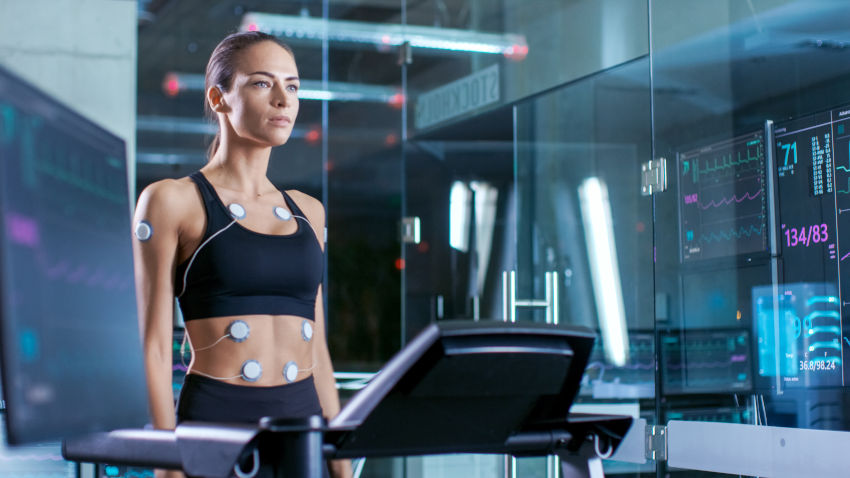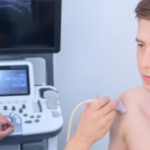It’s that time of year, when a lot of people are starting to train for a spring marathon. If it’s your first marathon or you are a seasoned marathoner, you are likely getting stuck into a training plan, getting kitted out with winter training gear and looking to build strength and running fitness over the coming months. However, a crucial element that is often overlooked are biomechanics. In this blog post, we will look at the the importance of biomechanical analysis for endurance runners.
If you are a runner, it’s really useful to have your gait analysed by a professional. This allows you to become fully aware of any muscle imbalances or weaknesses. With this information, you can then work on improving with exercises to reduce injury risk and increase running efficiency. Equally important is the professional diagnosis of the biomechanics of the feet so that correct advice can be given on footwear and orthotics.
John Durkin, Podiatrist at Active Life Podiatry and The Putney Clinic, comments as follows on the person running in the clip below:
“Biomechanical analysis for endurance runners can be of great help. We assess runners with a detailed lower limb assessment, checking for range of motion and strength. After this, we will then scrutinise running form, analysing how any limb tightness and weakness may affect running. In this clip, the hips drop on impact, revealing possible weakness in the hip abductor muscles. There is also foot pronation, which could be as compensation for poor hip control or due to poor mechanics of the feet themselves. Improvements on strength and technique can help, but. sometimes. foot orthoses and running shoe advice may be needed to con trol the feet. This may also help with issues higher up, such as the hips.”
For more information about the biomechanical analysis and podiatry services at the Putney Clinic, click here.
Booking appointments
If you would like to book a biomechanical analysis or podiatry appointment with John at The Putney Clinic, call us on 020 8789 3881.







